The Muong Min commune infirmary was renovated to serve as a place to eat, live and work for cadres mobilized from the lowlands by the Provincial People's Committee.
Lack of human resources, difficulties in facilities
Muong Min Commune is one of the border localities not subject to merger. According to the Party Secretary of the commune, Luong Van Hiep, the Party Committee and local authorities are making efforts to rearrange departments and offices, arranging 3-4 cadres to share an office. The old infrastructure makes the office space cramped and substandard, causing a certain impact on the working environment. In addition to the lack of offices, equipment, means of transportation and information technology infrastructure of the mountainous and border communes also do not meet the requirements.
Chairman of Muong Min Commune People's Committee, Ngan Van Hanh, said: Currently, the commune has 31/59 cadres and civil servants. In early August 2025, the commune was supplemented with 8 cadres from lowland communes, but there is still a shortage of many important positions such as accounting, construction, cryptography - security... In particular, the commune does not have a public house, and is having to renovate the old infirmary to make a place for cadres to live.
Sharing about working conditions, Mr. Tran Cong Chinh, an officer of Muong Min Commune Office - who was recently transferred from Thieu Hoa Commune to work in Muong Min Commune, said: “When I first arrived, I was quite bewildered because the commune’s infrastructure and facilities were still difficult. Thanks to the attention of the commune leaders, the official house was renovated, ensuring operations, as well as accommodation and living space. Although there are many difficulties, everyone is determined to stay long-term for the common mission.”
Similarly, in Quang Chieu commune, Party Secretary Trieu Minh Xiet said: After implementing the two-level local government, the workload has increased significantly. If previously the district level took on most of the tasks, now many contents are resolved directly at the commune. The number of cadres transferred from the district is 12, the province added 15 more, but there is still a shortage. Regarding facilities, the commune is having to flexibly arrange at least 3-4 cadres to share a room. There is no official house yet, the commune has to rent 2 stilt houses for the cadres to temporarily stay.
Despite the limited physical facilities, since the new model was put into operation, according to Mr. Xiet, the commune's officials and civil servants have made efforts to adapt, ensuring quick processing of administrative procedures, timely receiving and resolving documents for the people. The initiative and responsibility of each official has contributed to helping the local government maintain smooth and effective operations from the very beginning.
Overcoming difficulties to operate the machine effectively and efficiently
Since July 1, the two-level local government in border communes has been operating stably. The province has allocated resources to ensure physical facilities and digital infrastructure, and put into operation 100% of commune-level public administrative service centers. The command and control system from the province to the commune has been operated synchronously and smoothly, helping localities quickly grasp the new mechanism and handle work promptly. The work of organizing, arranging, and mobilizing cadres has been deployed, with 160 mobilized civil servants and 15 seconded civil servants from departments, branches, and localities in the lowlands to support.
For the new model to operate effectively and efficiently, commune leaders want to invest more in headquarters, equipment and information technology infrastructure. At the same time, there needs to be appropriate support policies so that localities can proactively upgrade facilities to meet mission requirements.
Speaking at the meeting of the Provincial Party Standing Committee on August 14, Provincial Party Secretary Nguyen Doan Anh emphasized: "The operation of the 2-level local government model must be substantive, so it is necessary to continue reviewing and promptly supplementing staff for the grassroots level; immediately overcome difficulties in administrative procedures and digital infrastructure."
The shortages in facilities, technological infrastructure or accommodation still exist, but the staff in the border communes, especially those who have just come to work from the lowlands, all share the same spirit of striving to serve the people. The consensus of the staff, together with the timely attention from the province, will be the foundation for the new apparatus in the highland border communes to soon operate smoothly, effectively and efficiently, meeting the expectations of the people at the border of the Fatherland.
Article and photos: Dinh Giang
Source: https://baothanhhoa.vn/bao-dam-cho-chinh-quyen-cap-xa-nbsp-o-khu-vuc-bien-gioi-hoat-dong-hieu-qua-258602.htm





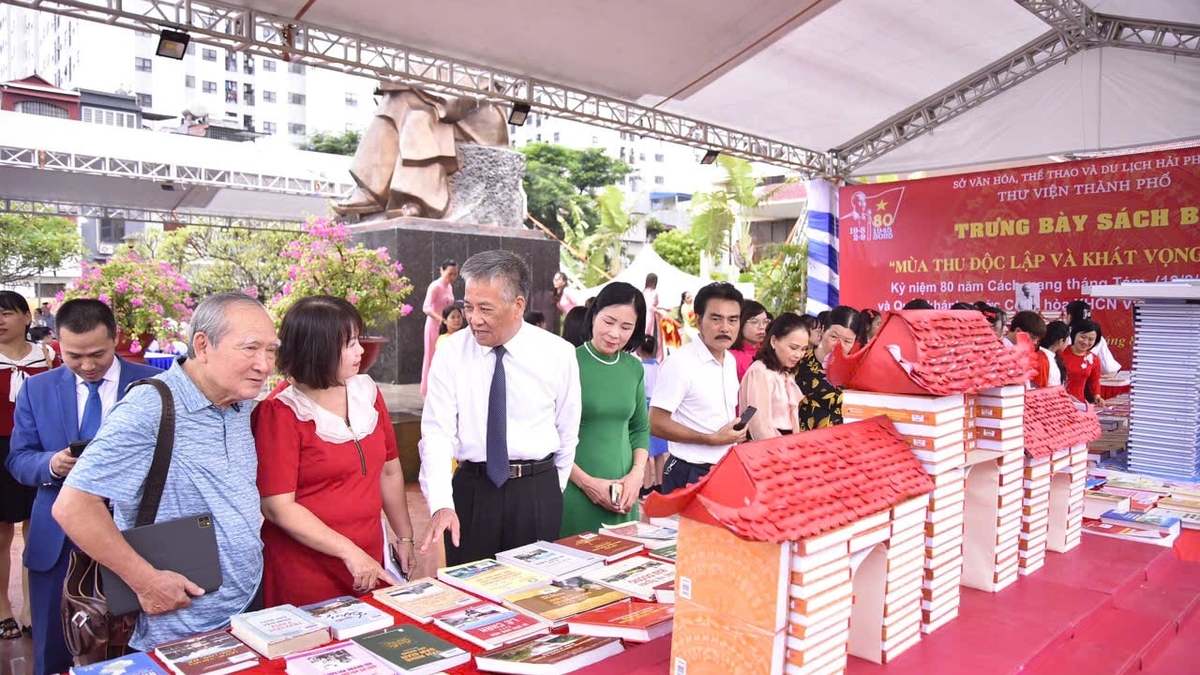

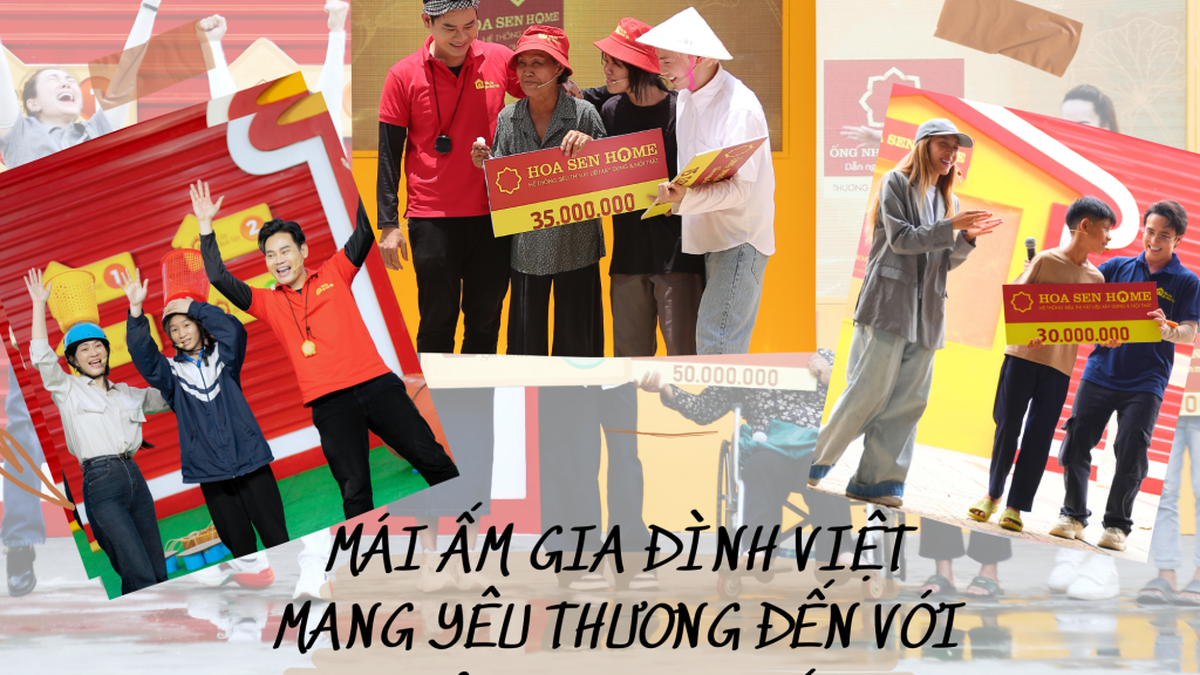
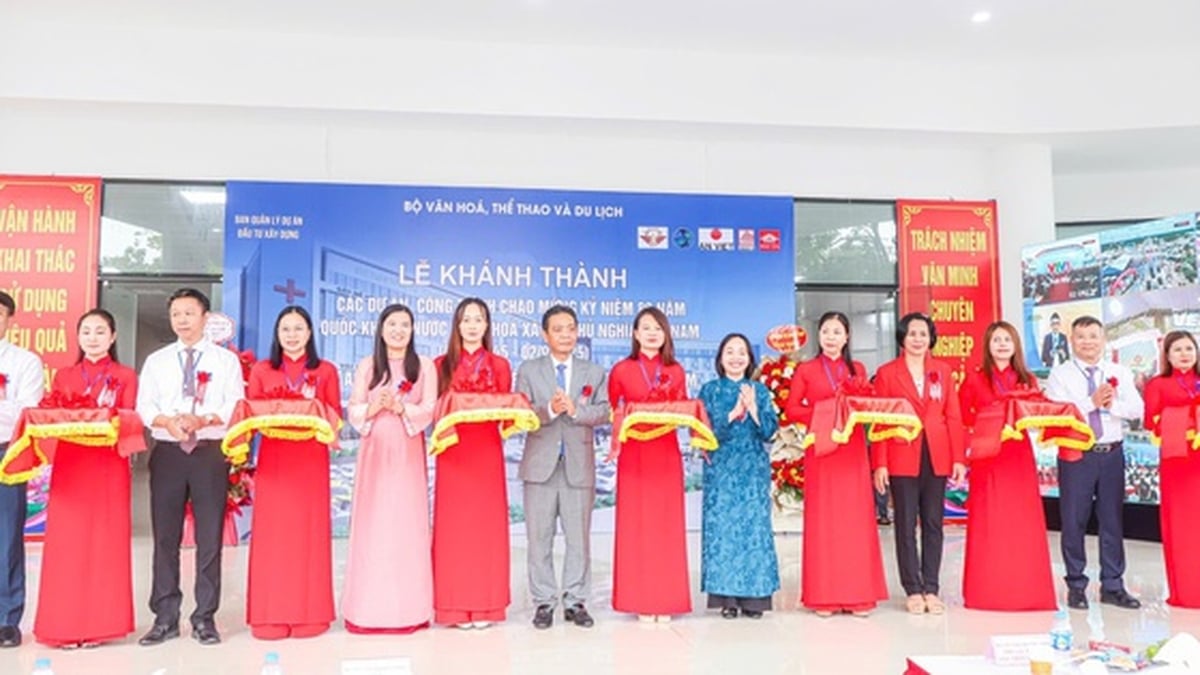
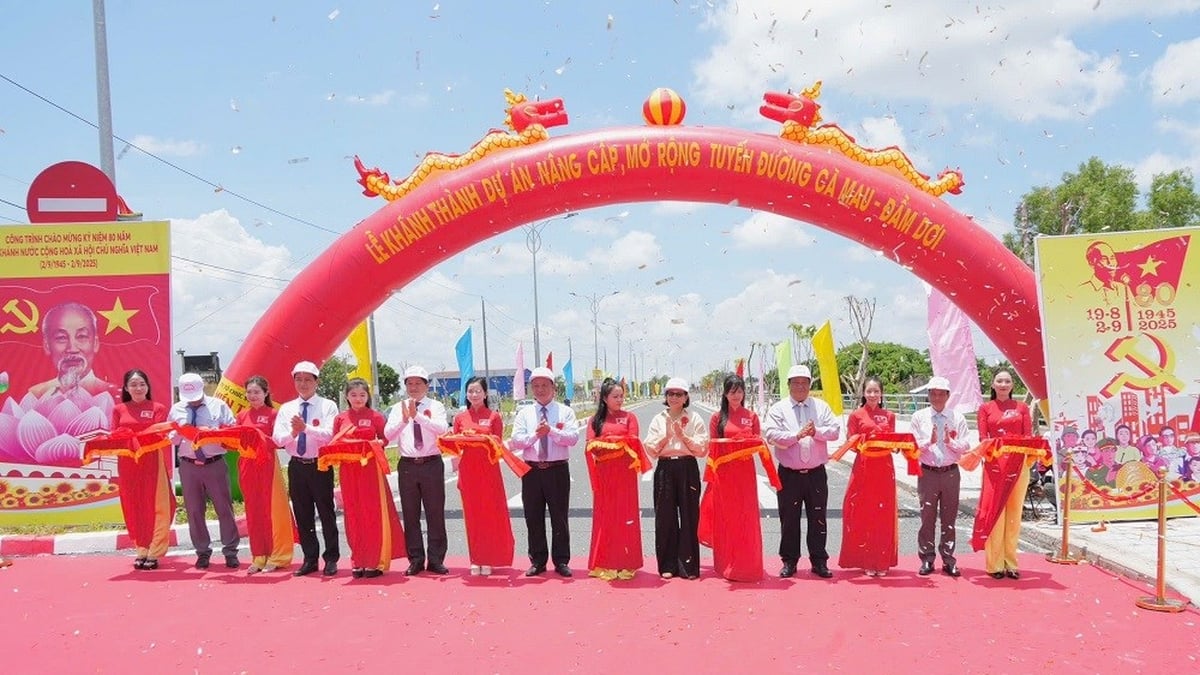


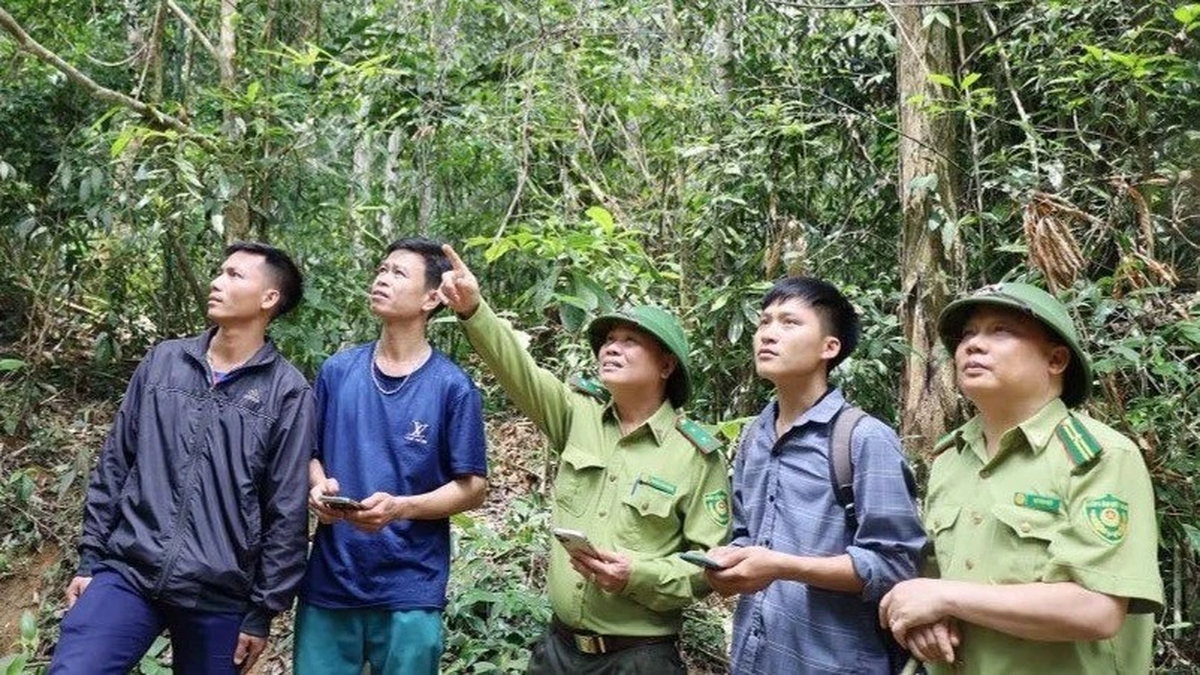










![[Photo] President Luong Cuong's wife and Queen of Bhutan visit Tran Quoc Pagoda](https://vphoto.vietnam.vn/thumb/1200x675/vietnam/resource/IMAGE/2025/8/19/62696af3852a44c8823ec52b03c3beb0)
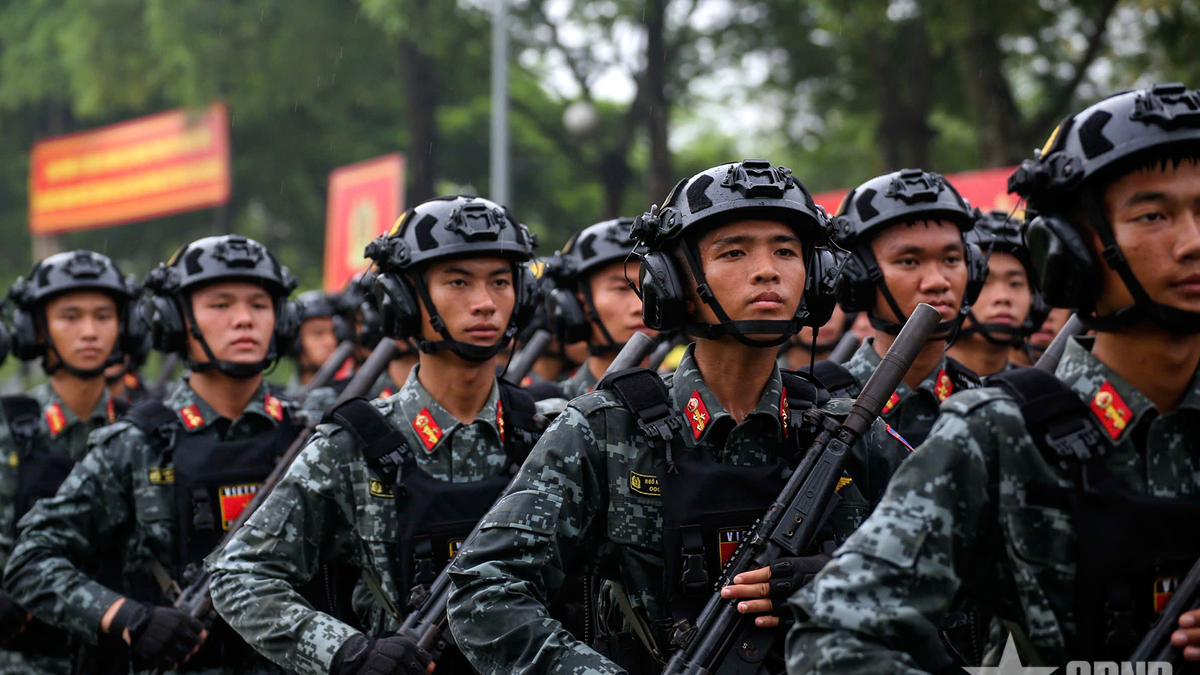

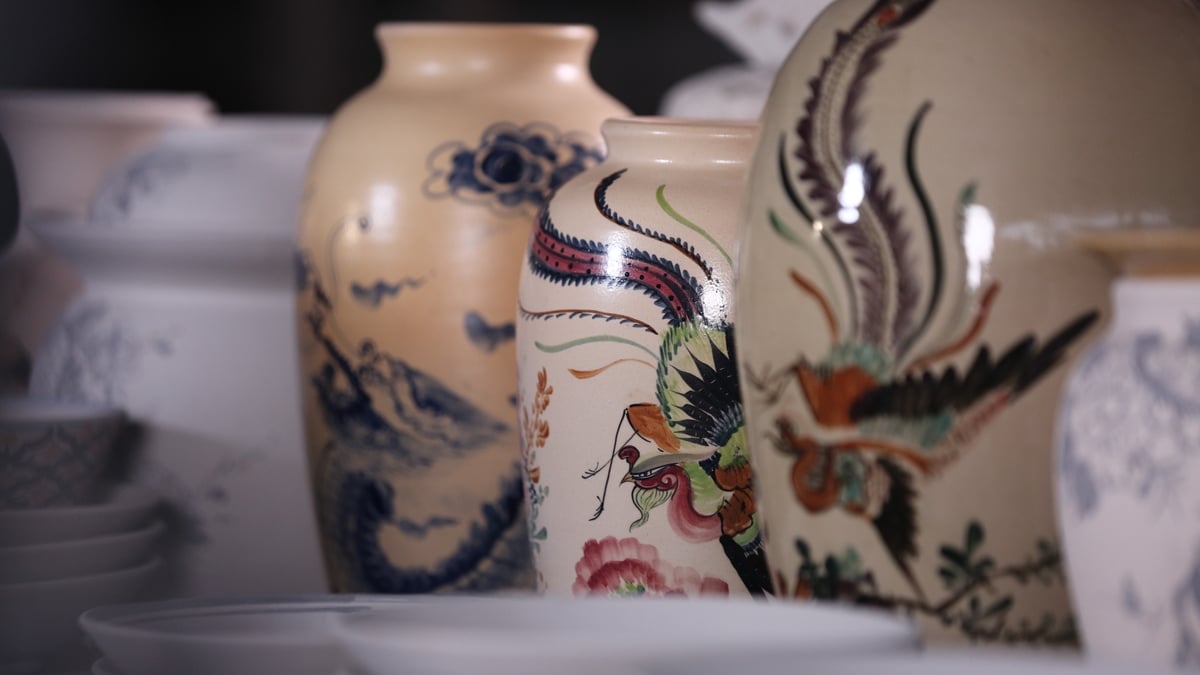

![[Photo] General Secretary and Prime Minister visit the National Exhibition and Fair Center](https://vphoto.vietnam.vn/thumb/1200x675/vietnam/resource/IMAGE/2025/8/19/f4503ad032d24a90beb39eb71c2a583f)
![[Photo] General Secretary To Lam and President Luong Cuong attend the handover ceremony of the Presidential Office Headquarters](https://vphoto.vietnam.vn/thumb/1200x675/vietnam/resource/IMAGE/2025/8/19/a37cfcbd301e491990dec9b99eda1c99)
![[Photo] General Secretary To Lam attends the inauguration and groundbreaking ceremony of 250 projects to celebrate National Day](https://vphoto.vietnam.vn/thumb/1200x675/vietnam/resource/IMAGE/2025/8/19/3aa7478438a8470e9c63f4951a16248b)
![[Photo] Close-up of the first International Financial Center building in Ho Chi Minh City](https://vphoto.vietnam.vn/thumb/1200x675/vietnam/resource/IMAGE/2025/8/19/3f06082e1b534742a13b7029b76c69b6)
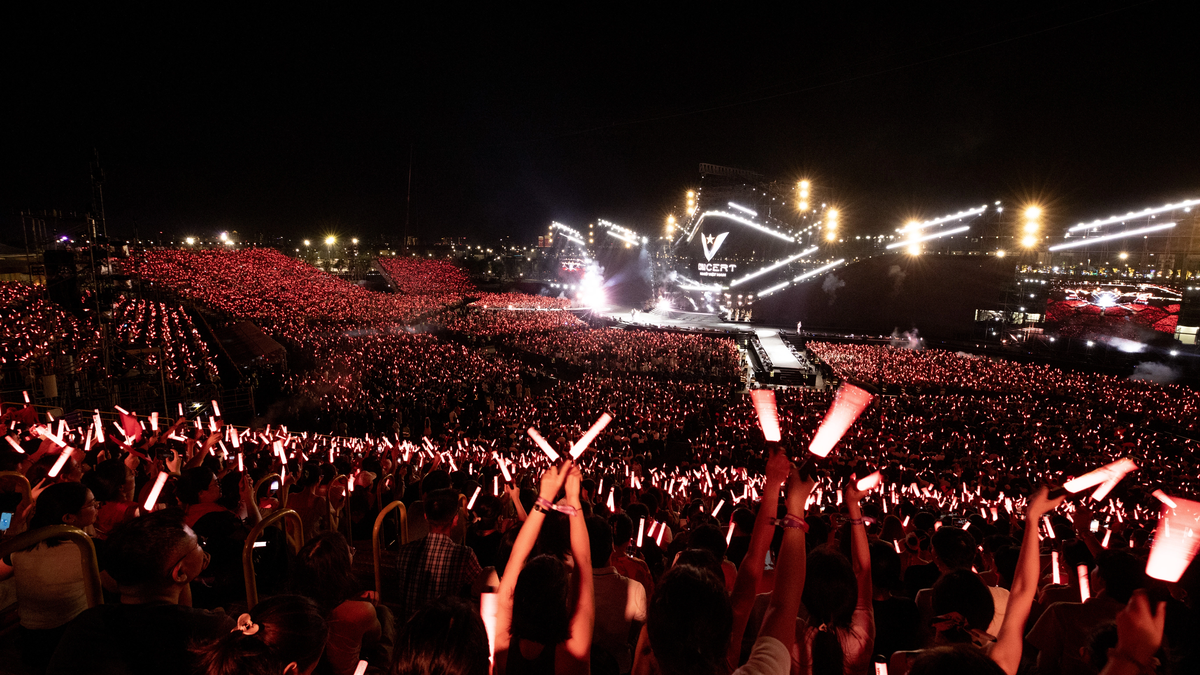




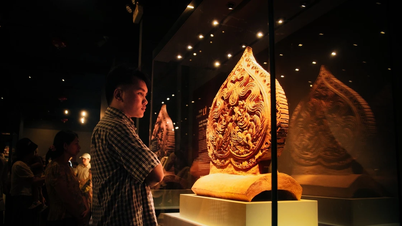





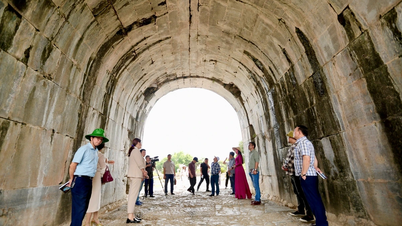

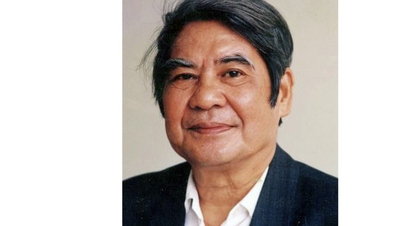

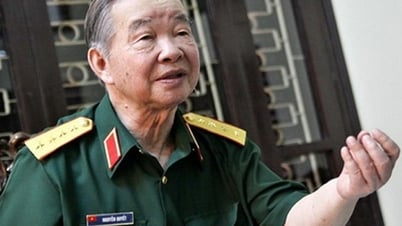







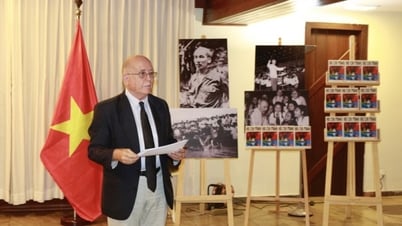

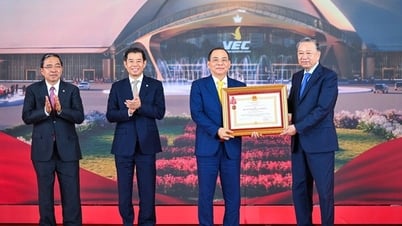



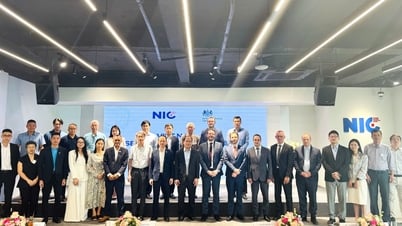




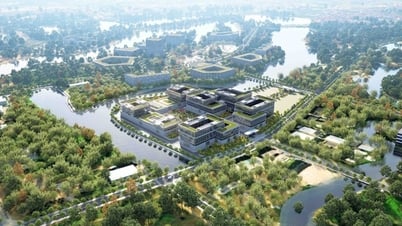
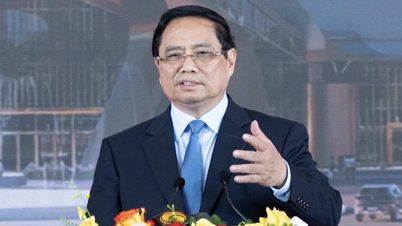
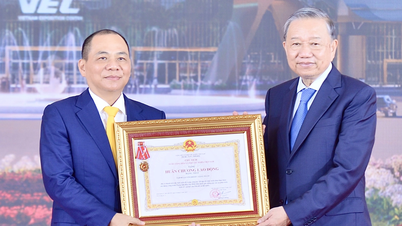
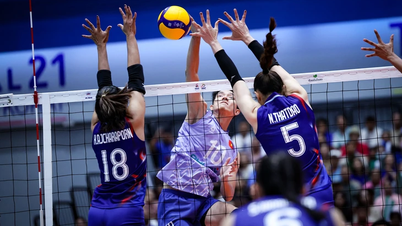

![[Photo] President Luong Cuong holds talks with King Jigme Khesar Namgyel Wangchuck of Bhutan](https://vphoto.vietnam.vn/thumb/402x226/vietnam/resource/IMAGE/2025/8/19/95a2f504f8ab4777ae48b1164382f6cf)
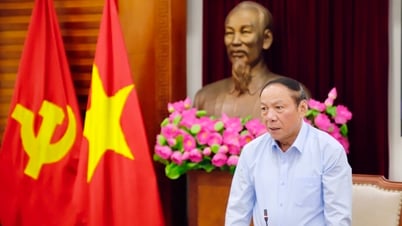

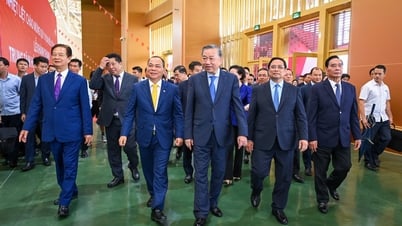





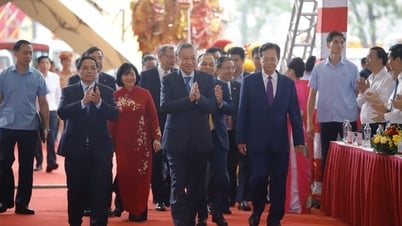
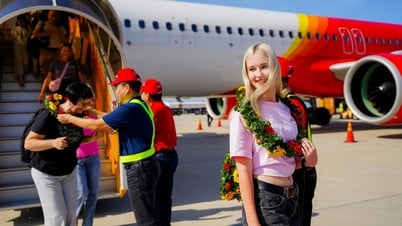









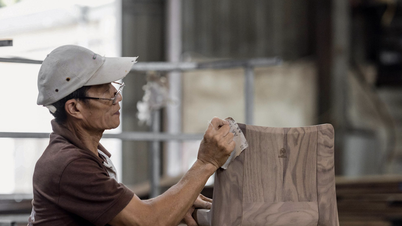



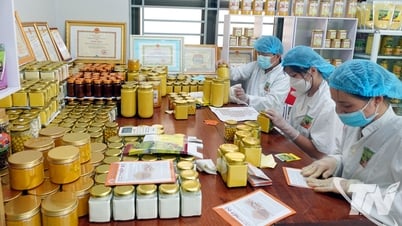



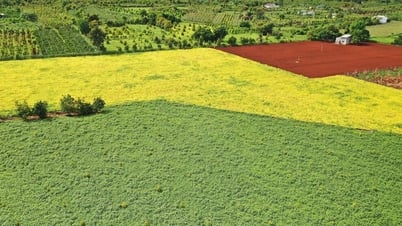






Comment (0)